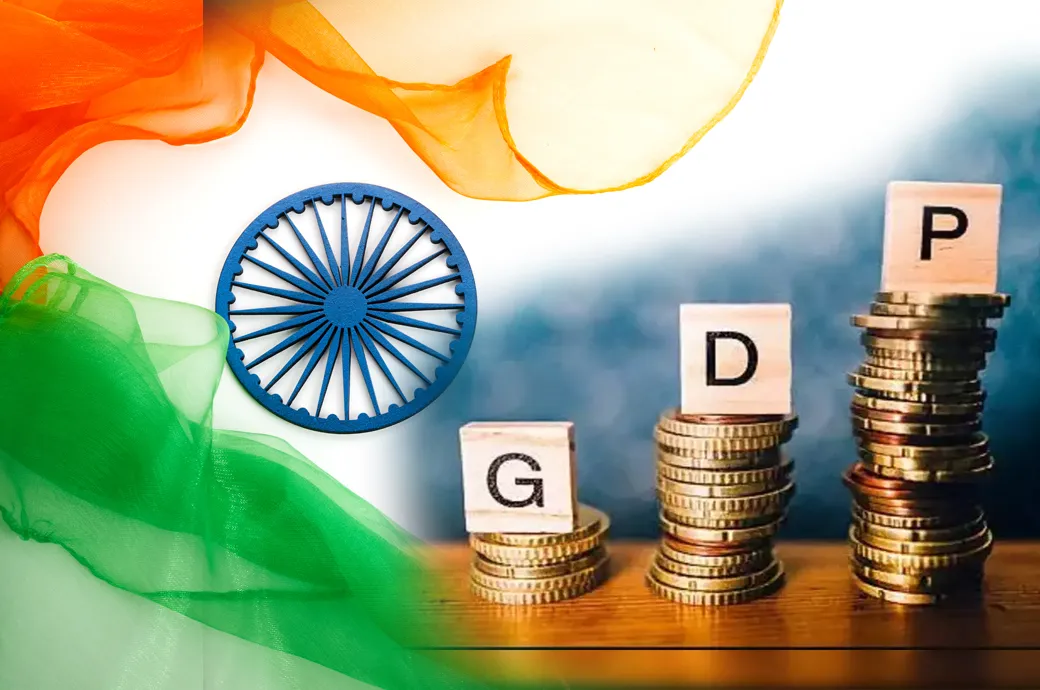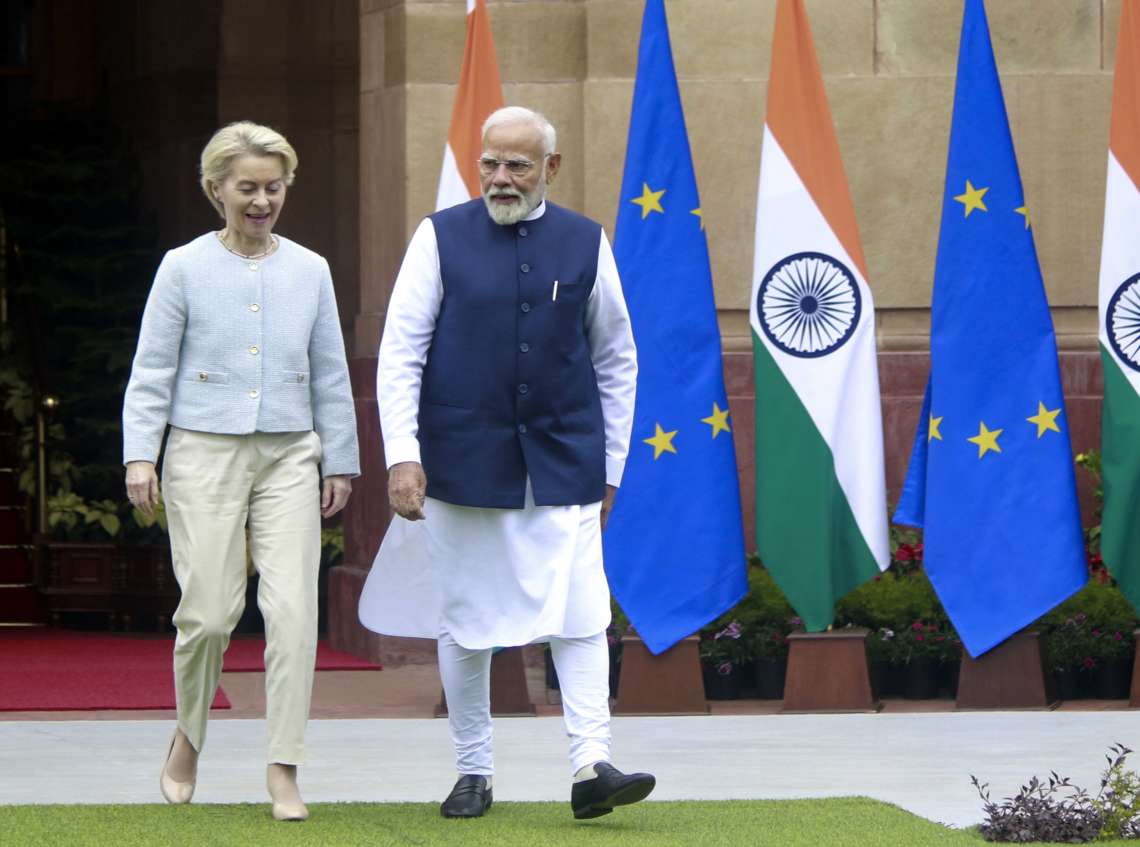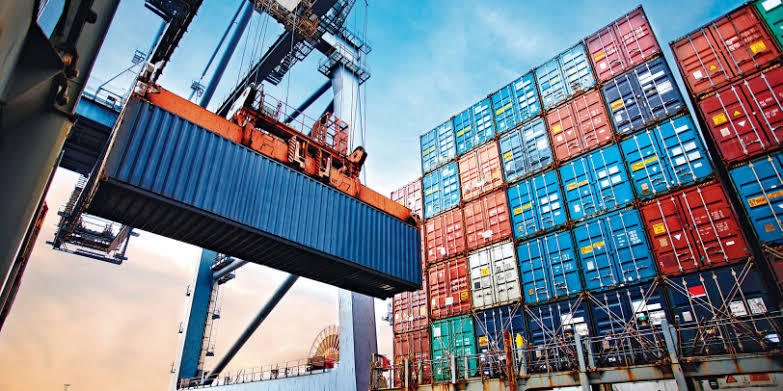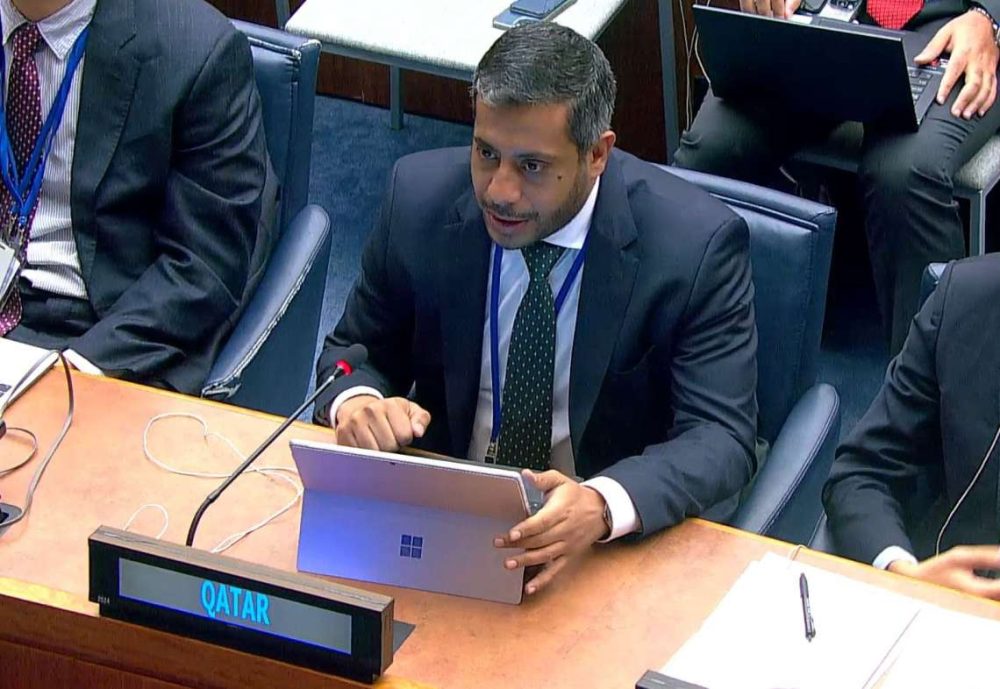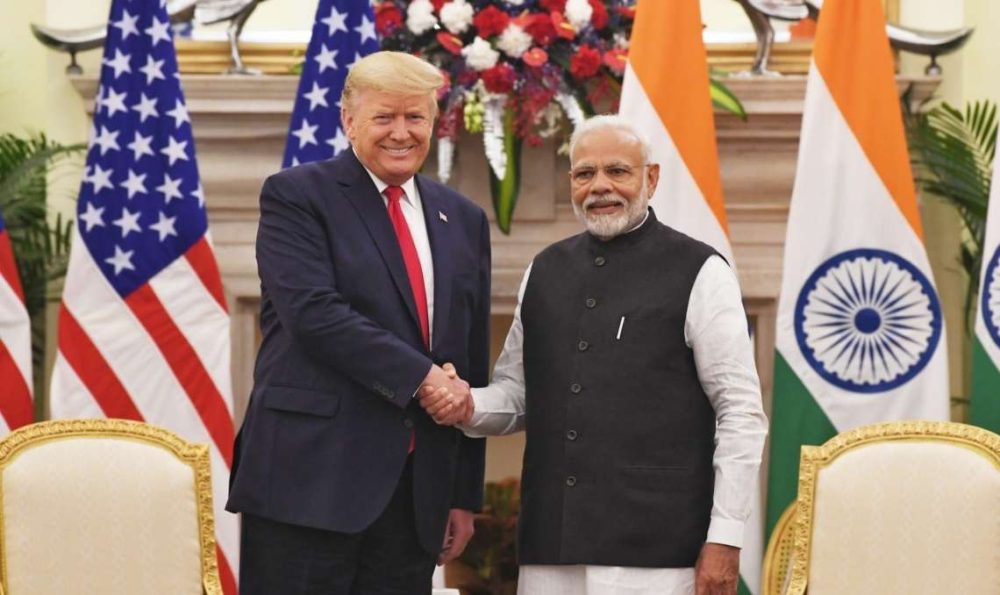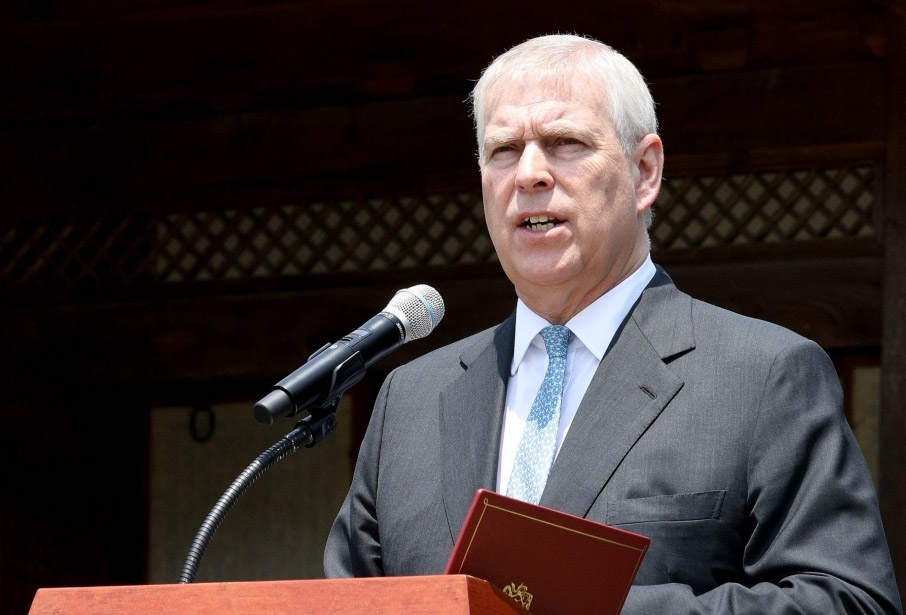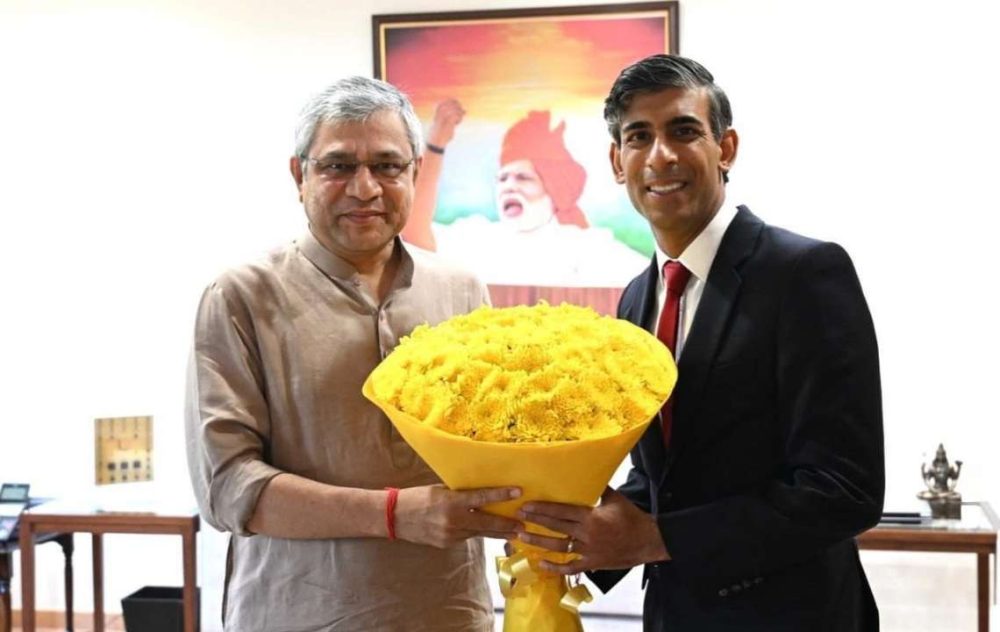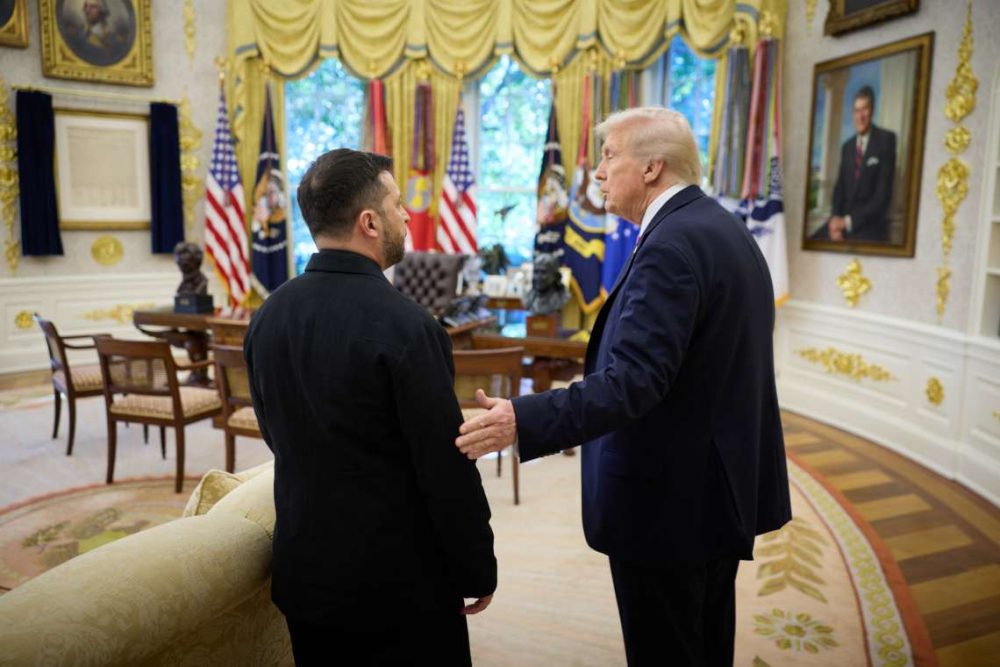According to a recent Morgan Stanley report, the Reserve Bank of India (RBI) is expected to cut interest rates by 25 basis points due to the uncertain external demand environment
India’s economy is poised to experience only a marginal 0.1% impact on its GDP due to the recent US reciprocal tariffs, according to a statement by the PHD Chamber of Commerce and Industry (PHDCCI) on Thursday. Despite the impact of these tariffs, India’s price competitiveness and strong government policies are expected to help mitigate the damage. The Chamber further highlighted that the resilience of India’s domestic manufacturing sector and strategic policy measures such as production-linked incentive (PLI) schemes, ‘Make in India’, and ‘Atmanirbhar Bharat’ will continue to support the nation’s growth.
PHDCCI President Hemant Jain emphasized that the country’s strong industrial competitiveness and supportive government measures will ensure that India’s economy remains resilient. He stated, “India’s robust industrial competitiveness will balance the impact of US tariff announcements and GDP will see only a 0.1% impact in the short term. In the medium term, once the policy fully takes effect, this shortfall will be negated.” He further expressed confidence that the transition to strengthening domestic consumption will be effective in absorbing the tariff’s impact, with robust demand in key sectors such as electronics, renewable energy, and pharmaceuticals.
India’s diversified consumer market and supply chains across emerging trade partners like the Middle East, South Africa, Latin America, and several Asian nations will further cushion the impact. India’s exports have seen an uptick in recent years due to its price competitiveness and improved product quality. “The demand for Indian products has increased due to these factors, which will support the economy during this challenging period,” said Jain.
According to a recent Morgan Stanley report, the Reserve Bank of India (RBI) is expected to cut interest rates by 25 basis points due to the uncertain external demand environment. The report also predicts that the RBI may shift to an accommodative stance in the upcoming policy review scheduled for April 9. In case of significant risks to growth, policymakers are likely to pause fiscal consolidation and focus on increasing capital expenditure (capex) to support domestic demand.
Meanwhile, the executive order from former US President Donald Trump has imposed a 27% additional duty on Indian goods entering the United States. The Ministry of Commerce and Industry is closely examining the implications of this tariff. As part of India’s vision of ‘Viksit Bharat’, the Commerce Department is consulting with stakeholders, including the Indian industry and exporters, to assess the effects of the tariffs and explore any emerging opportunities under the new trade policy framework.
The Trade Promotion Council of India (TPCI) Chairman, Mohit Singla, reassured that the tariffs are unlikely to have a significant impact on most Indian products. “For most of the competing countries, the tariff has been set very high, which actually puts India in a better position compared to other emerging economies. For instance, US tariffs on all Chinese products now stand at a staggering 65%,” he noted.
However, there may be some market shifts in sectors such as agriculture. For example, certain products like shrimp may see some business diversions to countries like Venezuela, and tea exports may shift to Sri Lanka and Kenya. Singla also stated that in the long run, the non-tariff barriers (NTBs) may be rationalized, which would push Indian companies to improve efficiency and quality, making them more competitive globally.
In the pharmaceutical sector, the US has exempted Indian pharma products from the reciprocal tariffs, primarily due to its focus on enhancing the availability of affordable medical care for US citizens. India is a significant player in the global pharmaceutical market, exporting around $8 billion worth of pharmaceutical products to the US in fiscal 2024. India supplies 40% of the generics consumed in the US, and the exemption is expected to sustain this vital export stream. Crisil Ratings’ Senior Director, Anuj Sethi, added that India has more than 650 manufacturing facilities approved by the US Food and Drug Administration (USFDA), which is the second-highest number outside the US. These facilities account for a quarter of all USFDA-certified facilities outside the US, further ensuring the continuity of India’s pharma exports.
Despite the challenges posed by the US tariffs, India’s economy remains resilient, with growth projections indicating a steady outlook for the coming years.
According to a new report released on Thursday, India’s GDP is expected to grow at 6.7% in FY26, driven by cyclical recovery and continued strong market performance. The cyclical recovery, which follows a period of economic slowdown, will bring a rise in consumer spending, business investments, and overall economic activity.
The Lighthouse Canton report highlighted that India has witnessed robust earnings growth over the last five years, with the NIFTY index recording a 20% compound annual growth rate (CAGR). Moving forward, India’s economic growth will depend on several key factors, including increased government capital expenditure, tax benefits for the middle class, and growing consumer demand. These elements are expected to support both earnings recovery and market confidence in 2025.
Investment-led expansion has played a critical role in India’s economic progress. While the government is focused on maintaining fiscal discipline, private sector investments are projected to gain momentum, contributing to long-term economic stability. The Reserve Bank of India’s recent interest rate cut of 25 basis points, the first in nearly five years, signals a supportive monetary policy stance aimed at bolstering economic growth.
Sumegh Bhatia, Managing Director and CEO of Lighthouse Canton in India, explained that while India’s long-term economic outlook remains promising, the coming year will require greater selectivity and discipline from investors. “Investors will need to navigate shifting cycles, stay alert for inflection points in earnings, and remain anchored in fundamentals as the global economic landscape undergoes further transformations,” Bhatia stated.
The report also highlighted that the strength of the US dollar, global trade activity, and the stability of crude oil prices will influence India’s economic performance. With these external factors, India’s import-dependent economy is expected to benefit from stable oil prices. Additionally, gold remains a preferred asset for many investors, given its resilience amid global uncertainties.
Looking ahead to 2025, the focus will remain on sustainable growth, disciplined market strategies, and long-term investment opportunities. As India continues to build on its strengths and tackle external challenges, the nation is set to maintain its trajectory as one of the world’s fastest-growing major economies.


